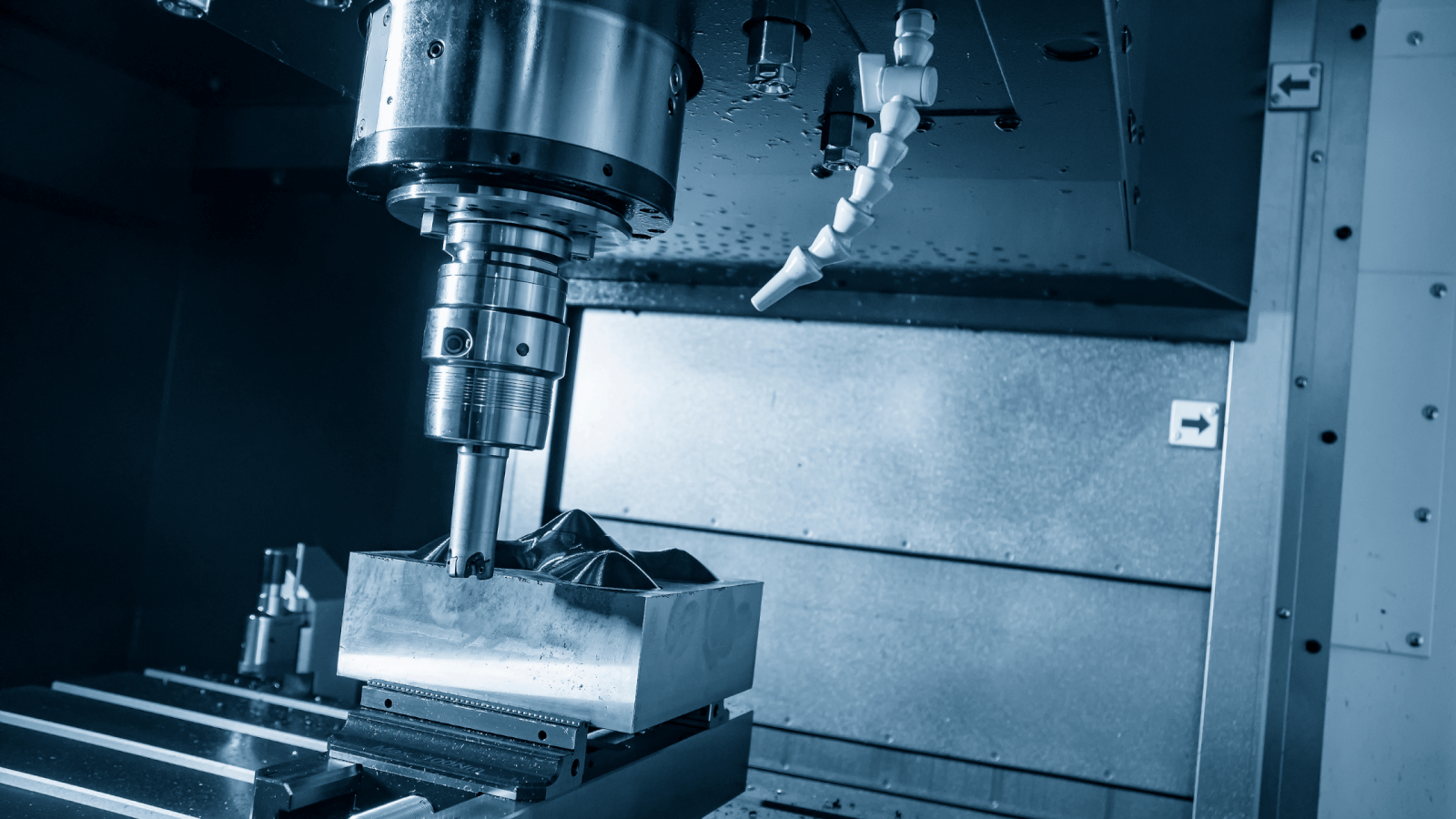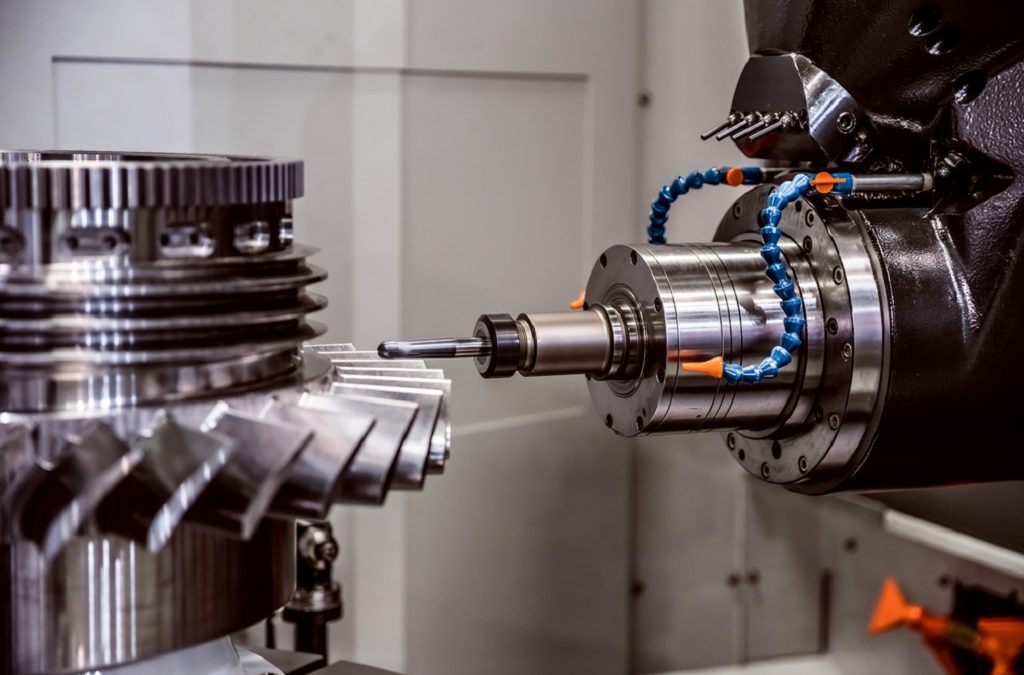Manual milling machines have been a cornerstone in the manufacturing industry for decades. If you are new to this field, you might wonder, what is a manual milling machine and why is it still relevant despite the advent of modern technology?
In this guide, we will provide an in-depth look at these machines, their functions, applications, advantages, and much more. Whether you are a seasoned industry professional or someone just starting, this article aims to offer valuable insights.

What Is a Manual Milling Machine?
A manual milling machine is a type of machine used for cutting, shaping, and drilling materials with high precision. Unlike its digital CNC counterparts, manual milling requires the operator to manually control the machine’s movements. The machine typically consists of a spindle, bed, and a set of cutting tools that produce these movements.
The Tremendous Technology Behind Manual Milling Machines
Despite the rise of CNC machinery, manual milling machines still hold a significant place in various industries due to their reliability and versatility. The technology behind these machines allows for the handling of diverse tasks such as prototyping, critical component manufacturing, and custom designs.
How Do Manual Milling Machines Work?
These machines utilize a rotating cutting tool to remove material from a workpiece. The operator manually controls the rotary and linear movements to achieve the desired shape and size. The precision with which this can be done is often surprising, making manual milling a delicate but powerful art.
Components and Features
There are several components that make up a manual milling machine:
- Spindle: Holds the cutting tool or drill bit.
- Bed: Supports the workpiece and provides movement in multiple axes.
- Table: The platform where the workpiece is placed.
- Control Handles: Used by the operator to guide the cutting tool.
Applications of Manual Milling Machines
The versatility of manual milling machines allows them to be used in a wide range of applications, such as:
- Metalworking: Essential for creating intricate metal components.
- Woodworking: Ideal for shaping and carving wood pieces.
- Prototyping: Useful in the initial stages of product development.
- Custom Projects: Enables bespoke designs and modifications.
Advantages of Using Manual Milling Machines
Here are some benefits that make manual milling a preferred choice in many situations:
- Cost-Effective: Generally less expensive than CNC machines.
- User Control: Offers manual oversight for delicate tasks.
- Quick Setup: Ideal for short production runs and prototypes.
- Versatility: Can handle a wide range of materials and tasks.
Challenges and Limitations
While manual milling machines are versatile, they do come with some limitations, including:
- Operator Skill: Requires a skilled operator for precise results.
- Limited Automation: Less efficient for large-scale productions.
- Time-Consuming: Manual operations can take longer to complete.
Manual Milling vs. CNC Milling
One common question is how manual milling compares to its CNC (Computer Numerical Control) counterpart. Here are some differences:
- Automation: CNC machines offer automated control, whereas manual milling requires hands-on operation.
- Precision: Both can be precise, but CNC can achieve higher precision with less human error.
- Cost: Manual milling machines are generally more affordable.
- Flexibility: Manual machines offer greater flexibility for custom and small-batch projects.
You can learn more about the differences between manual milling and CNC milling on this external resource.
Choosing the Right Manual Milling Machine
When selecting a manual milling machine, consider the following factors:
- Budget: Determine how much you are willing to invest.
- Type of Material: Different machines have varying capabilities for different materials.
- Size and Space: Ensure the machine fits your workspace.
- Skill Level: Choose a machine that matches the operator’s skillset.
Maintenance and Care
Proper maintenance is crucial for keeping a manual milling machine in good working condition. Regular checks and timely servicing can significantly extend the machine’s lifespan. Here are some tips:
- Lubrication: Ensure all moving parts are well-lubricated.
- Inspection: Regularly check for wear and tear.
- Cleaning: Keep the machine clean to avoid buildup and damage.
- Calibration: Regularly calibrate for optimal performance.
Safety Tips
Working with manual milling machines can be hazardous if proper safety measures are not followed. Here are some essential safety tips:
- Wear Protective Gear: Always use safety goggles, gloves, and other protective gear.
- Stay Focused: Pay full attention to the task at hand.
- Keep Workspace Clean: A cluttered workspace can lead to accidents.
- Follow Guidelines: Always follow the manufacturer’s safety instructions.
Case Study: Industry Applications
To illustrate the practical applications of manual milling machines, consider this case study. A custom automotive parts manufacturer used a manual milling machine for creating specialized components that could not be mass-produced efficiently. This allowed them to maintain high quality while meeting specific customer requirements. Its similar to the situation in high-speed semiconductor manufacturing where custom solutions are often needed.
The Future of Manual Milling Machines
While CNC technology continues to evolve, manual milling machines remain relevant. Their flexibility, cost-effectiveness, and reliability make them invaluable in many industries. The future might see even more advanced features incorporated into these machines, blending the best aspects of both manual and automated systems.

FAQs
Q. What materials can be used in a manual milling machine?
A. Manual milling machines can handle a wide variety of materials, including metals, plastics, and wood. The type of material largely dictates the kind of cutting tools to be used.
Q. Is manual milling still used in modern manufacturing?
A. Yes, manual milling is still widely used, especially for custom projects, prototype work, and in smaller-scale manufacturing settings.
Q. What skills are needed to operate a manual milling machine?
A. Operating a manual milling machine requires a good understanding of machining principles, hand-eye coordination, and the ability to manually control the machine with precision.
For further reading and insights, you might want to check our in-depth articles on semiconductor wafer polishing or genetic analysis and sequencing.
Conclusion
In conclusion, a manual milling machine is a versatile and vital tool in many industries. Despite advances in technology, its ability to perform intricate tasks with high precision makes it a valuable asset. Whether you are a professional or a hobbyist, understanding what a manual milling machine is and how to use it effectively can open doors to numerous opportunities.
